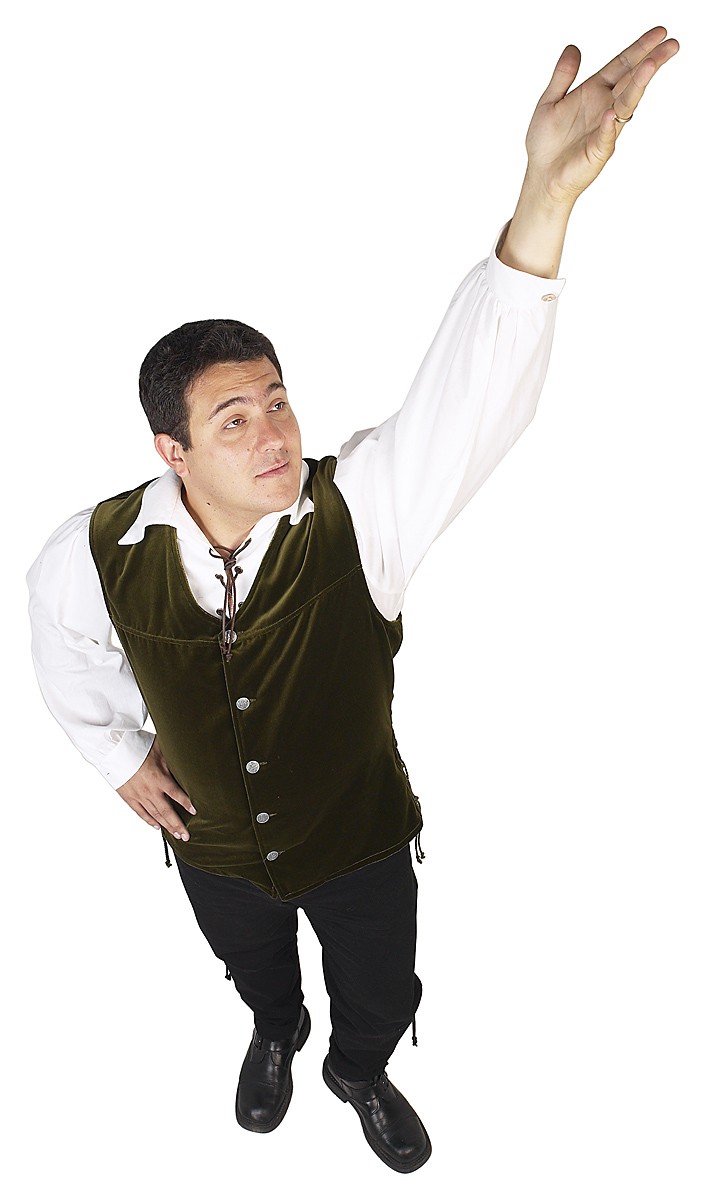Important Theatre Definitions Every Actor Should Know
Familiarize yourself with these key theatre terms
(By Javier Guerra)
 (Photo: Cottonbro | Pexels)
(Photo: Cottonbro | Pexels)
As an aspiring actor, it’s crucial to familiarize yourself with key theatre terms that are commonly used in the industry. Understanding these definitions will not only enhance your communication with fellow actors and theatre professionals but also deepen your appreciation for the art of theatre. Here are some essential theatre definitions that every actor should know:
Blocking:
The planned movement and positioning of actors on stage as directed by the director. Blocking includes positioning, gestures, and interactions to ensure effective visual and emotional storytelling.
Cue:
A signal, often a line or action, that prompts another actor or a technical element (like lighting or sound) to happen.
Monologue:

A lengthy speech delivered by a single character addressing other characters or the audience. Monologues often reveal a character’s thoughts, emotions, or motivations.
Dialogue:
A conversation between two or more characters, a fundamental element of storytelling in both theatre and film.
Scene:
A specific portion of a play that takes place in a single location and time. Scenes are essential building blocks of the overall plot.
Act:
A larger division of a play, typically consisting of multiple scenes. Acts help structure the play’s narrative and pacing.
Character Arc:
The emotional, psychological, or behavioral transformation a character undergoes throughout a play. Understanding a character’s arc helps actors portray their development convincingly.
Subtext:
The underlying or implied meaning behind a character’s words or actions, which may differ from the literal or surface interpretation.
Fourth Wall:
The imaginary barrier between the actors on stage and the audience. Breaking the fourth wall involves directly addressing or acknowledging the audience.
Upstage/Downstage:
Refers to the vertical orientation of the stage. “Upstage” is the area farthest from the audience, while “downstage” is the area closest to the audience.
Stage Left/Stage Right:
Refers to the horizontal orientation of the stage from the actor’s perspective. “Stage left” is the left side as viewed from the audience, and “stage right” is the right side.
Proscenium Stage:
A traditional type of stage with a rectangular frame (the proscenium arch) that separates the audience from the actors.
Black Box Theatre:
A flexible, intimate performance space characterized by its plain, unadorned design. The seating and stage configuration can be adapted to suit various productions.
Blocking Rehearsal:
A rehearsal focused on determining and practicing the physical movements and positions of actors during scenes.
Dress Rehearsal:

The final rehearsal before a live performance, during which actors wear costumes and all technical elements (lights, sound, props) are integrated.
Tech Rehearsal:
A rehearsal that focuses on technical aspects such as lighting, sound, and set changes, without the actors performing their lines.
Cold Reading:
Reading a script or scene aloud without prior preparation or rehearsal. Cold readings are often used in auditions to assess an actor’s ability to quickly interpret and deliver lines.
Ensemble:
A group of actors who collaborate closely to create a cohesive and harmonious performance. Ensemble work emphasizes cooperation and shared responsibility.
Props:

Objects used by actors during a performance to enhance the storytelling. Props can include items like phones, books, or any object relevant to the scene.
Understudy:
An actor who learns and is prepared to perform a role in case the original actor is unable to perform. Understudies often play a crucial role in ensuring a production’s continuity.
By familiarizing yourself with these theatre terms, you’ll be better equipped to communicate effectively, collaborate seamlessly with your fellow actors and production team, and navigate the world of acting and theatre with confidence and professionalism.



